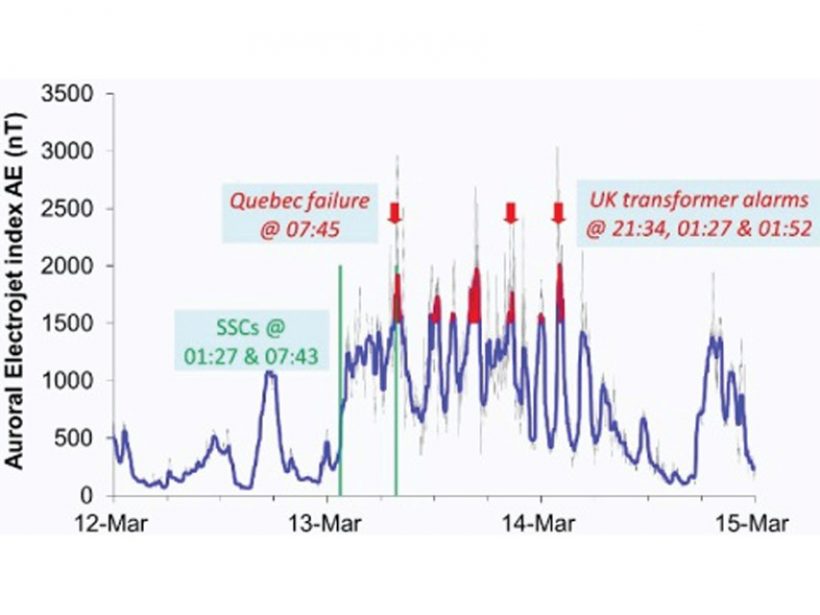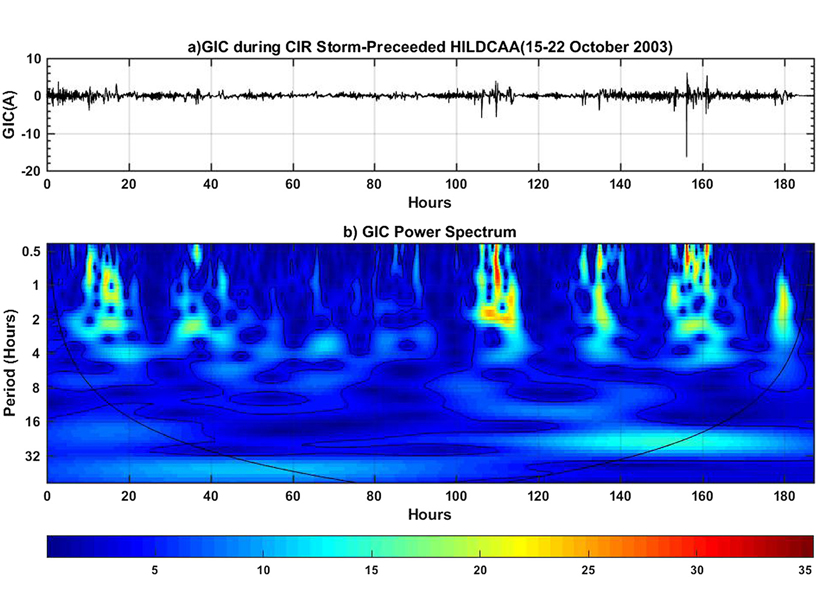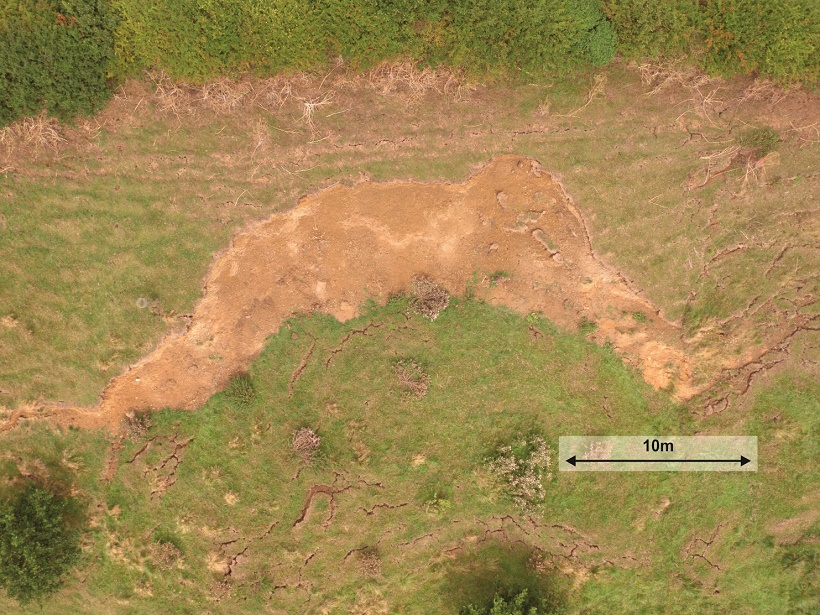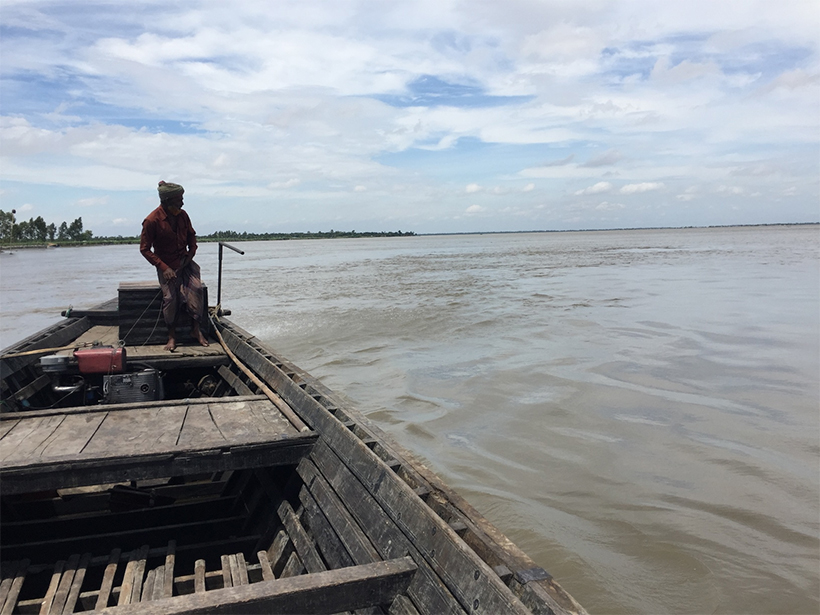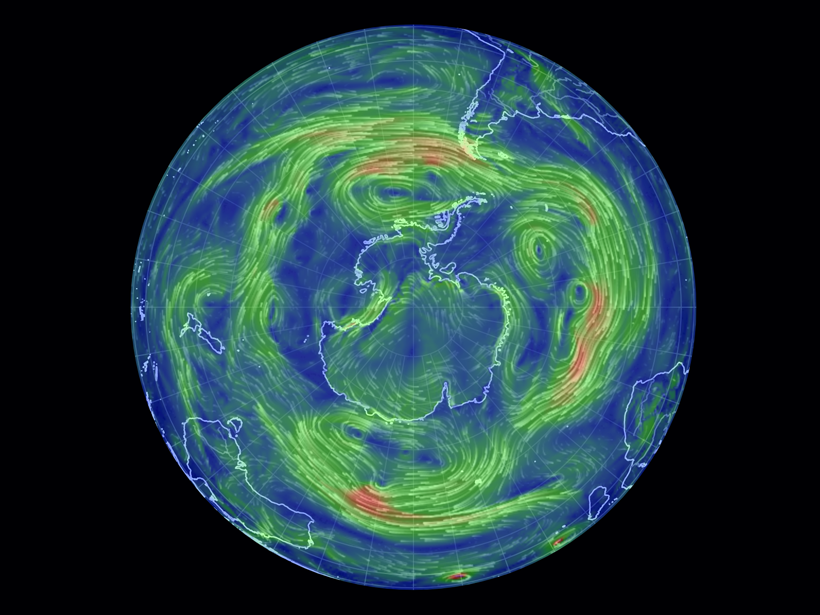The first multidecadal, satellite-based study of Latin America’s most active volcanoes could help researchers better predict eruptions.
Hazards & Disasters
Varying Impact of Earthquake- and Monsoon-Induced Landslides
Using nearly 50 years of satellite data and records stretching back millennia, scientists determine the relative frequency—and the erosional power—of monsoon- and earthquake-induced landslides in Nepal.
Assessing the Benefits of Improved Space Weather Forecasting
A new framework assesses the economic impact of space weather on power distribution networks and the supply of electricity.
Can Moderate Space Weather Have Major Impacts?
Pipeline corrosion is an example of why we need better awareness of how long-term exposure to moderate space weather may have significant economic impact by slowly degrading vulnerable systems.
Downhill All The Way: Monitoring Landslides Using Geophysics
Developments in geophysical methods used to monitor surface and subsurface changes prior to landslides can lead to improved prediction and early warning.
Brief, Repetitive Floods in Coastal Cities Cause Economic Losses
A case study in Annapolis is one of the first assessments of the effects of high-tide flooding on local revenue.
When Floods Cross Borders, Satellite Data Can Help
With so many eyes in the sky, residents living downstream from dams now have many ways to see—and prepare for—potential dangers.
Estimating the Likelihood of Future Temperature Extremes
A prototype model allows scientists to investigate how wind eddies and other atmospheric phenomena may affect the prevalence of heat waves and cold snaps in the Southern Hemisphere.
Forensic Probe of Bali’s Great Volcano
Evidence from volcanic crystals sheds light on magma storage under Mount Agung and helps explain this giant volcano’s frequent eruptions.
Ancient Tsunami Tied to Volcanic Flank Collapse in Italy
Stromboli’s volcanic cone may have suffered multiple flank collapses between the 14th and 16th centuries, triggering tsunamis that led to the abandonment of the island.



